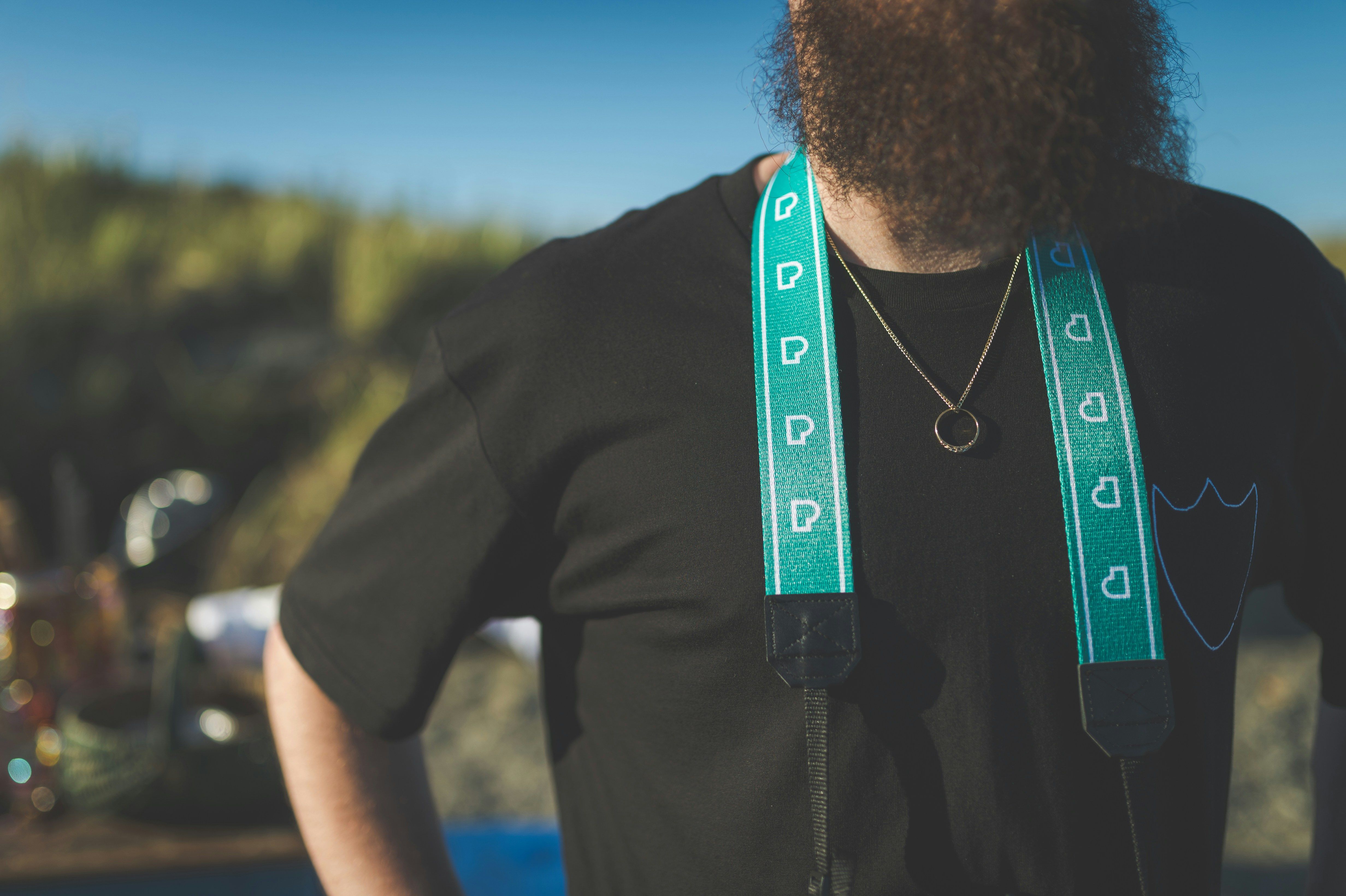Desert Moon Observers in UAE Successfully Detect Crescent for Dhul Hijjah Month
Under the open skies of a remote hilltop in Dubai, a unique collaboration unfolded as astronomers, scholars, and researchers gathered. Telescopes and binoculars pointed towards the setting sun, eagerly awaiting the sight of the new crescent Moon of Dhul Hijjah, marking the start of the holy month and the upcoming Eid Al Adha festival.
This annual event brings together the Dubai Committee for Crescent Observation, a group of experts who unite to observe the lunar crescent every month. The serene location of Jebel Al Nazwa was selected for its clear horizon, minimal humidity, and lack of city distractions, ensuring optimal conditions for the intensive search.
The team's anticipation escalated as sunset neared. As they arrived before twilight, around 5 pm, they set up their devices—ranging from telescopes to astronomy apps and digital compasses—ready to detect the elusive thin crescent Moon.
Tameem Al Tamimi, a member of the Dubai Committee for Crescent Observation, explained the significance of their location. "We come to Jabel Al Nazwa every month because the conditions are ideal for sighting. It's far from city lights and the sea. Humidity near coastal areas reduces visibility. This spot offers a dry, open sky."
According to astronautical calculations, on this particular evening, the crescent of Dhul Hijjah was expected to appear a few degrees above and to the right of the sun, just 0.5% illuminated. While this slender crescent couldn't be seen with the naked eye, specific instruments made detection possible.
As the sky darkened, the team focused their gaze on the western horizon, offering prayers before continuing the meticulous search. Despite the challenges posed by haze and low visibility, they persisted in their quest, employing every R&D tool available during the brief window of opportunity.
Sheikh Mohammed Eyada Al Kubaisi, Grand Mufti at the Islamic Affairs and Charitable Activities Department (IACAD), emphasized the importance of this centuries-old practice. "Islam requires visual confirmation, which is why fieldwork like this is so important."
If the Moon wasn't sighted in the allocated window, the Dubai Committee would consult other astronomical groups across the region. If the Moon was indeed spotted, Eid Al Adha announcements would be made through social media or news updates, as is tradition in modern society.
The collaboration between religious scholars, researchers, and astronomers in Dubai's Moon-sighting practice is an example of the integration of tradition and modern science. Precise timing of essential Islamic events, such as Dhul Hijjah and Eid Al Adha, ensures that Muslims worldwide can plan their religious activities accordingly.
- The team's devices, which included telescopes, astronomy apps, and digital compasses, were set up to detect the slender crescent Moon of Dhul Hijjah using specific instruments.
- Tameem Al Tamimi asserted that Jabel Al Nazwa's conditions, characterized by minimal city distractions, a dry atmosphere, and clear horizon, were ideal for observing the Moon.
- Despite the challenges posed by haze and low visibility, the Dubai Committee for Crescent Observation persisted in their quest, utilizing every R&D tool available to ensure accurate Moon sighting.
- The integration of religious scholars, astronomers, and modern technology in Dubai's Moon-sighting practice demonstrates how tradition and science can work together to accurately determine the timing of essential Islamic events.




